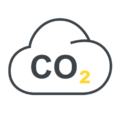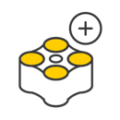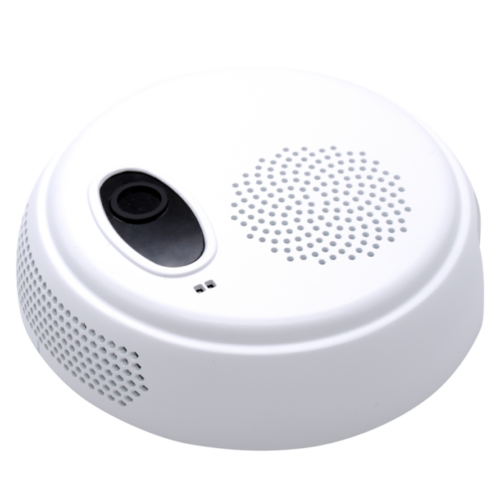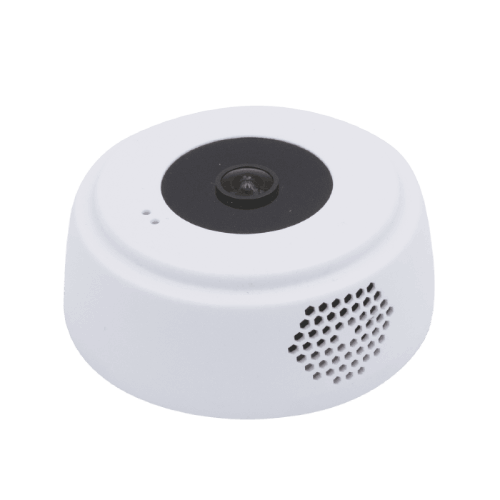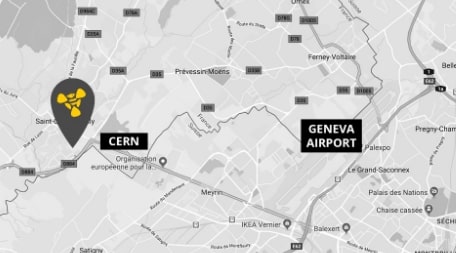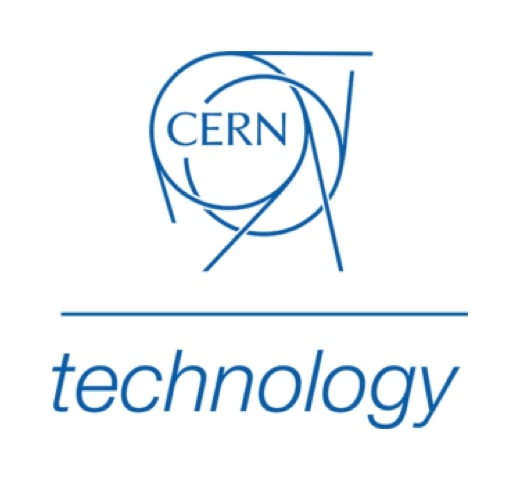Lean sensing for occupancy monitoring
Hybrid working models have become the norm, with employees reducing the number of days spent in the office and choosing to work from home and other locations instead.
New ways of working
The new hybrid working models have put commercial real estate owners, building and property managers under pressure to manage office and meeting space and building-related services more effectively.
In a bid to acquire data to understand how office space is being utilised and to maintain safety and distancing during the Covid-19 pandemic, many organisations put in place desk-based occupancy sensors. Detecting presence by monitoring desk occupancy delivers many advantages.
Building and facilities managers can complete trend analysis of desk and space utilization over a given period of time to gauge actual real estate requirements and adjust it accordingly. At the same time, building-related services such as catering, security and cleaning can be optimized based on occupancy trends, and HVAC services can be adjusted to reduce energy use and expenditure.
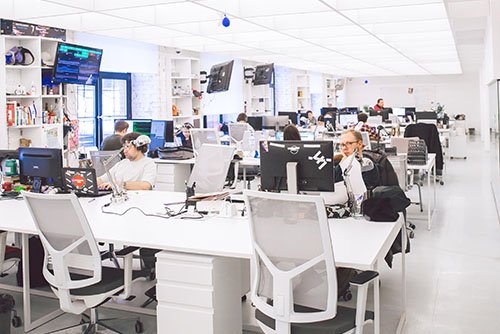
The limitations of desk-based occupancy sensors
The problem is, desk-based occupancy sensors have their limitations. To understand how many people are occupying a space, each desk requires its own sensor. For large offices with multiple floors, this can be a costly exercise. There is also the challenge of deploying the sensors, maintaining them, and if they are battery operated, the logistics and expense of replacing batteries can be prohibitive.
Monitoring desk occupancy specifically can also stray into GDPR territory with employees concerned that their location and movements are being tracked. But perhaps the biggest challenge is related to the sheer amount of data that the sensors generate.
For large offices with potentially hundreds, if not thousands of desk sensors, generating real time data relating to occupancy can be a time consuming task.
Taking a lean approach to occupancy monitoring
Max Ruffo, Tredecile CEO says, “The solution lies in a leaner approach to space occupancy monitoring – an approach that does not monitor or measure desk occupancy, but the number of people in a room or designated space.
“Tredecile suggests an approach to occupancy monitoring based on lean sensing – where the space to be monitored is measured, and the minimum number of people counting devices are installed appropriately. Virtual walls can be created to divide spaces where necessary, or a single sensor can be placed within a doorway to measure occupancy in real-time.”
A heritage of lean sensing
“From the early days of mobile robotics and Industry 4.0, Tredecile has been at the forefront of the lean sensing approach,” continues Max Ruffo.
“We have consistently and relentlessly applied sensors and sensing technology to solve business problems and deliver new, innovative business value.”
Lean sensing using people counting technology for occupancy monitoring offers a less complex, lower cost, more reliable and GDPR-compliant solution for commercial real estate, building and facilities managers needing to understand occupancy numbers to manage their buildings and spaces more effectively.
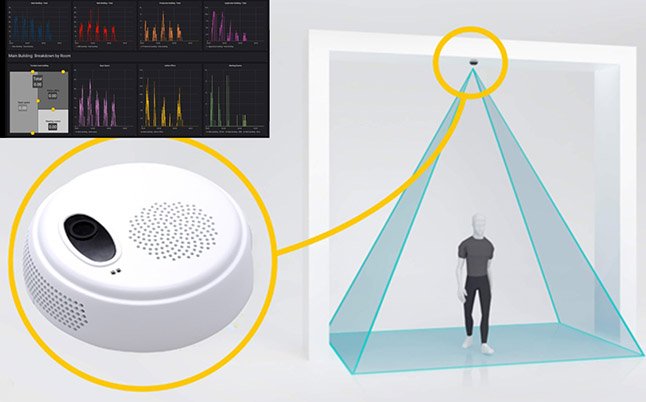
Introducing Tredecile people counting solutions
Tredecile people counting solutions consist of discrete IoT hardware devices with embedded counting algorithms and an optional IoT platform.
Says Max Ruffo, “With 98% accuracy (or better), our people counter systems, combined with our unique people counting algorithm, provide real-time or accumulative data relating to occupancy levels of any given space, by monitoring the number of people entering and exiting that space.
“Our technology is fundamentally different from other people counting solutions on the market. It is based on Time-of-Flight (ToF) 3D depth sensing technology, which has a number of advantages. Because it does not capture an RGB image, like stereo vision systems do, user anonymity is guaranteed, which makes our solutions GDPR-compliant.”
“Our technology also works just as well in low light conditions and our people counting algorithm is capable of filtering out static objects and counting multiple people passing in both directions,” adds Max Ruffo.
With its ability to aggregate data taken from up to five separate sensors, the Tredecile people Counting L-XL system offers an easy-to-install and configure, discreet and highly accurate counter for monitoring large doors, entrances and wide passageways.
The Tredecile People Counting M is a compact, discrete people counter device optimized for single doorways and narrow passageways. And with our optional People Counting Services offering, customers can capitalize on our knowledge of the technology, vast industry experience and unparalleled expertise of our in-house team of technical support professionals.
Defining your sensing solution
The number of sensors required depends on the size of the space being monitored, and also the level of data and detail required. “One sensor per floor will provide detail on occupancy levels at any given time for that floor. Simply add more sensors to gain a more micro level of understanding of occupancy for designated spaces.
“With a lean sensing approach you start with the minimum number of sensors to obtain the minimum amount of data required – building on the solution by adding more sensors to gain a more granular level of information,” explains Max Ruffo.
How will you optimise your space and building services?
Do you understand your space’s occupancy levels?
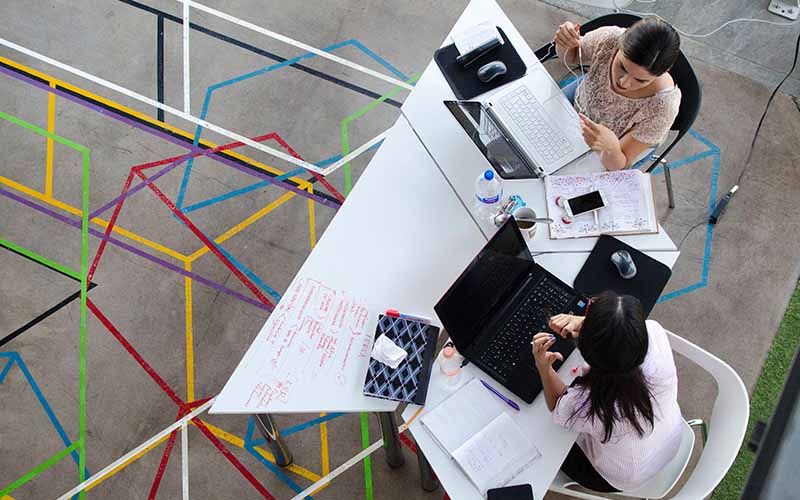
At a time when energy prices are rocketing and we are all under pressure to reduce emissions, integrating a people counting solution with your HVAC system so heating and air conditioning is automatically adjusted according to room occupancy numbers can significantly reduce energy expenditure.
Get in touch today to speak to an expert about your people counting challenges and requirements. We’d love to hear from you.

